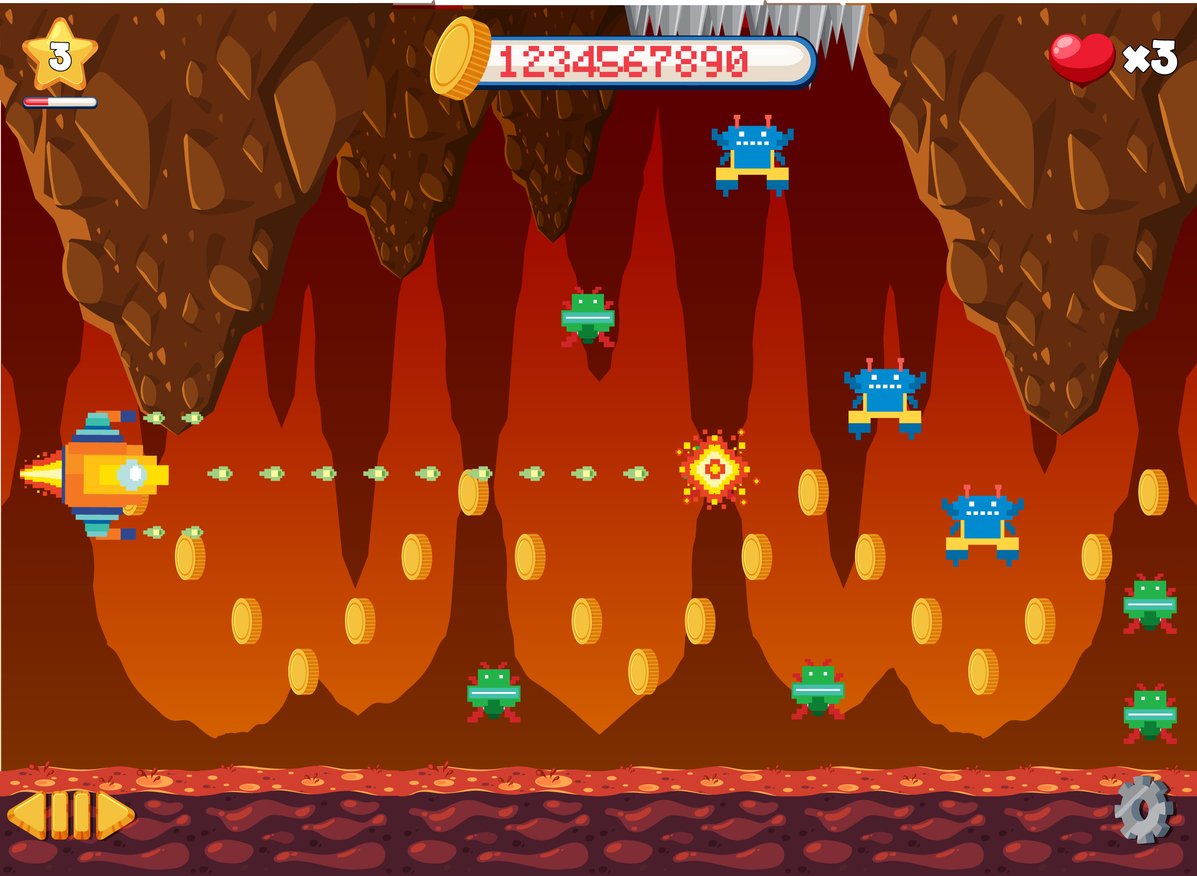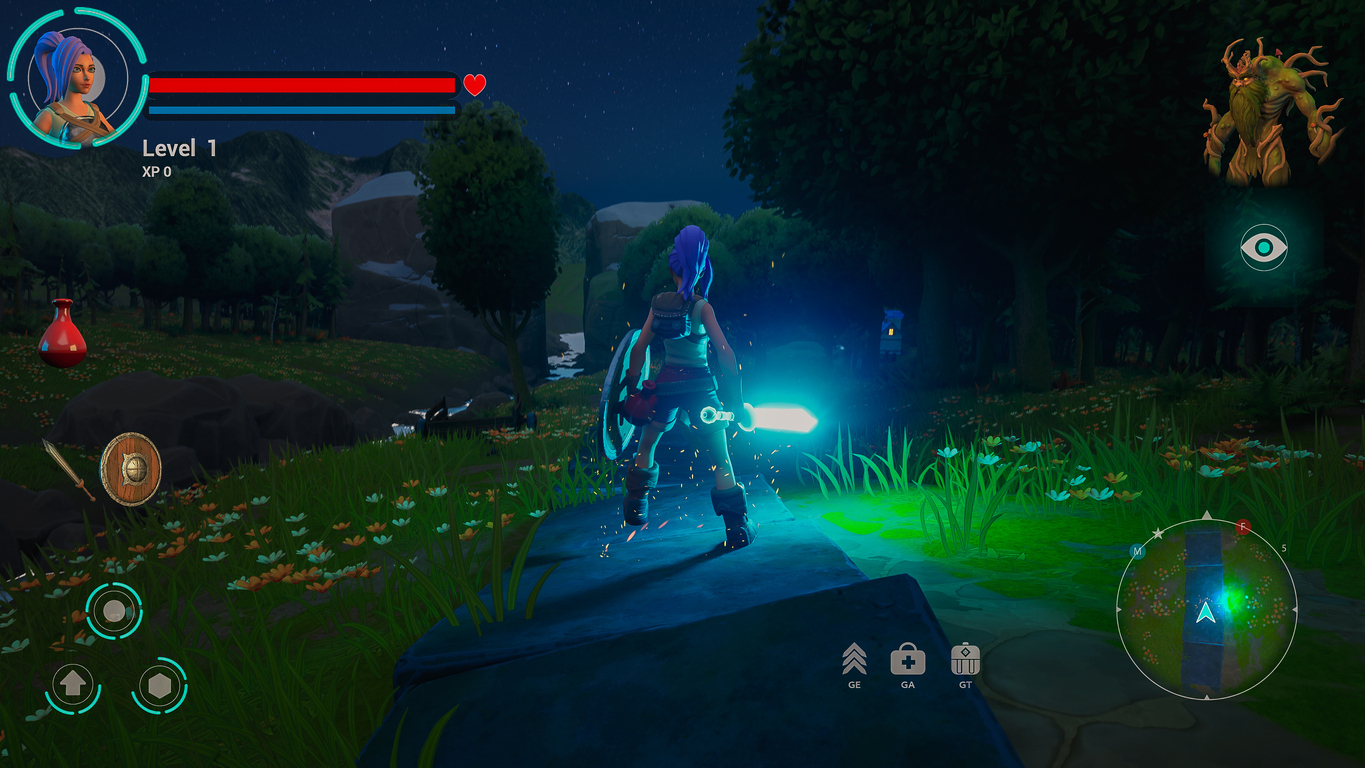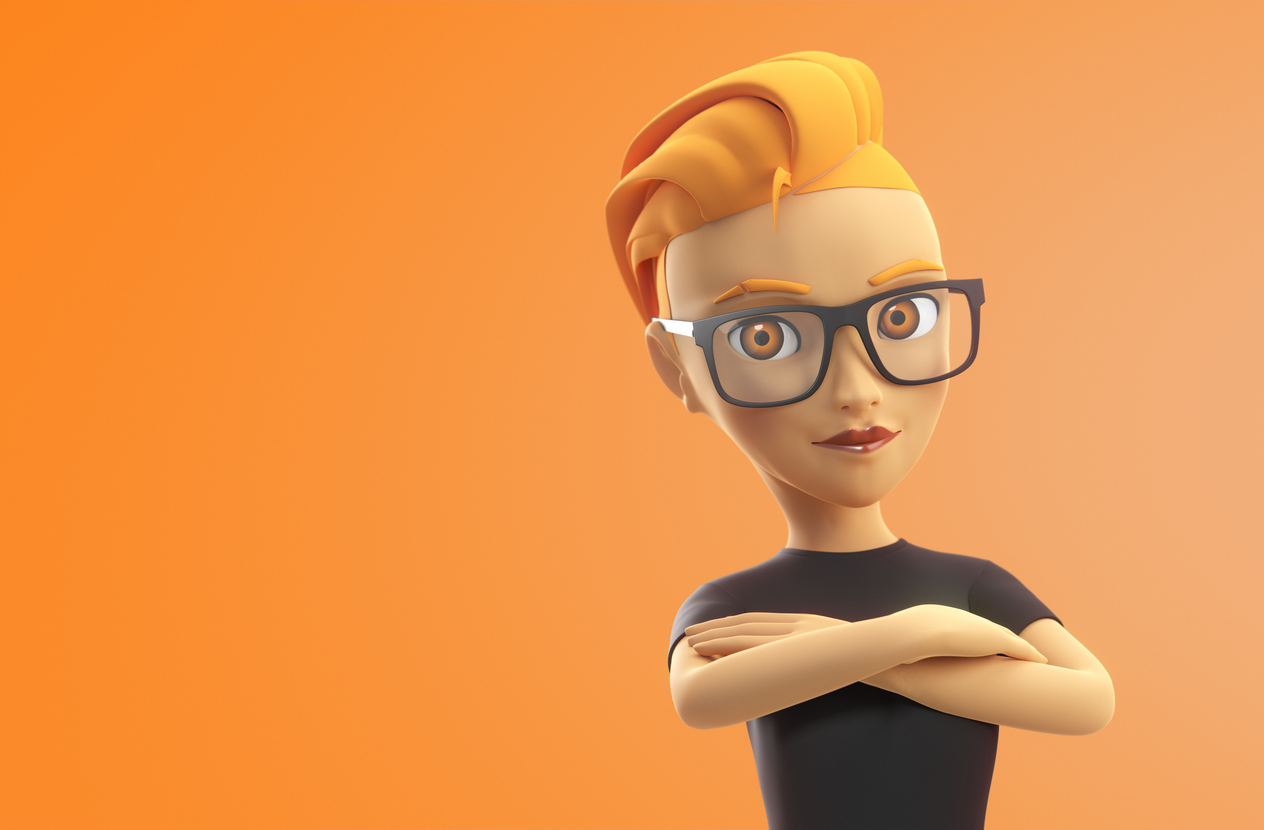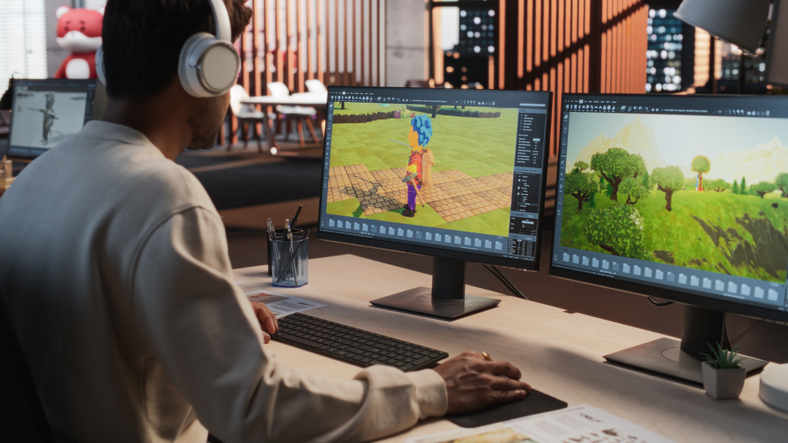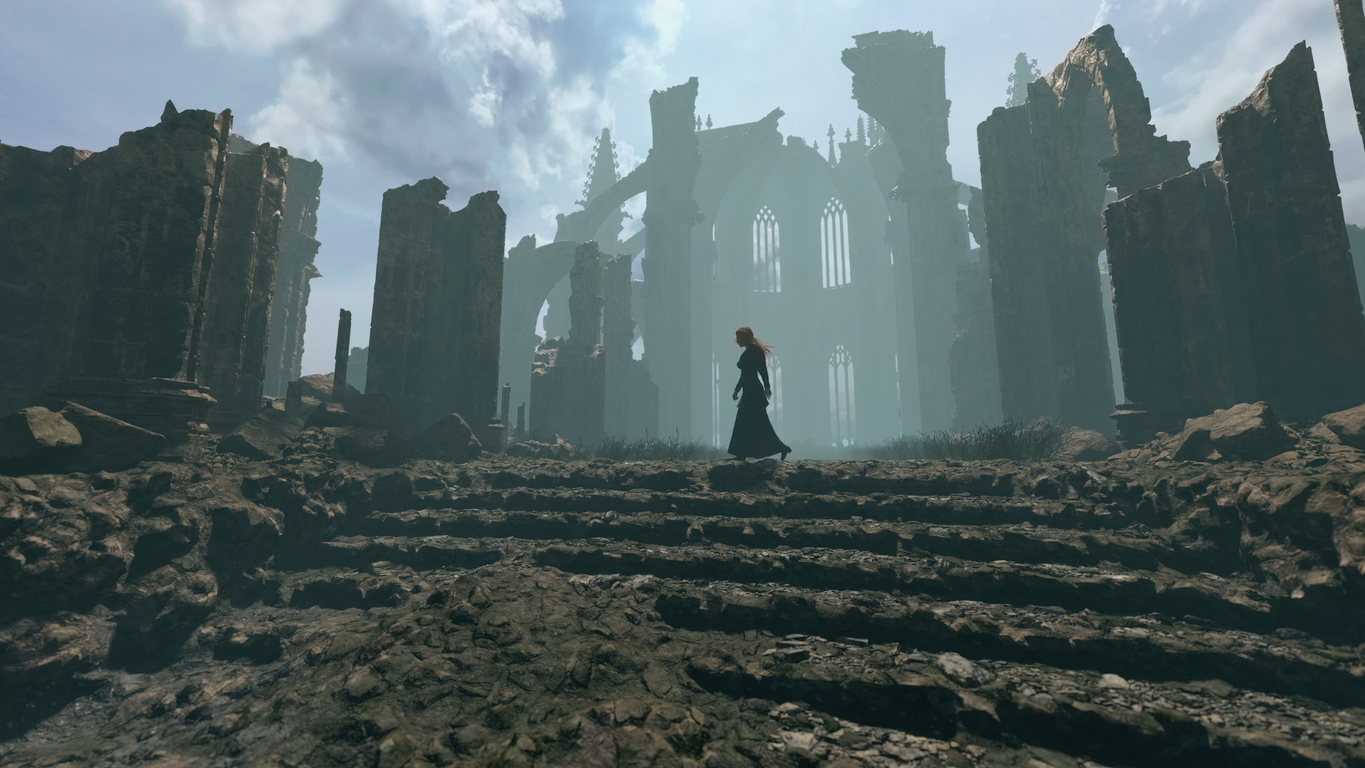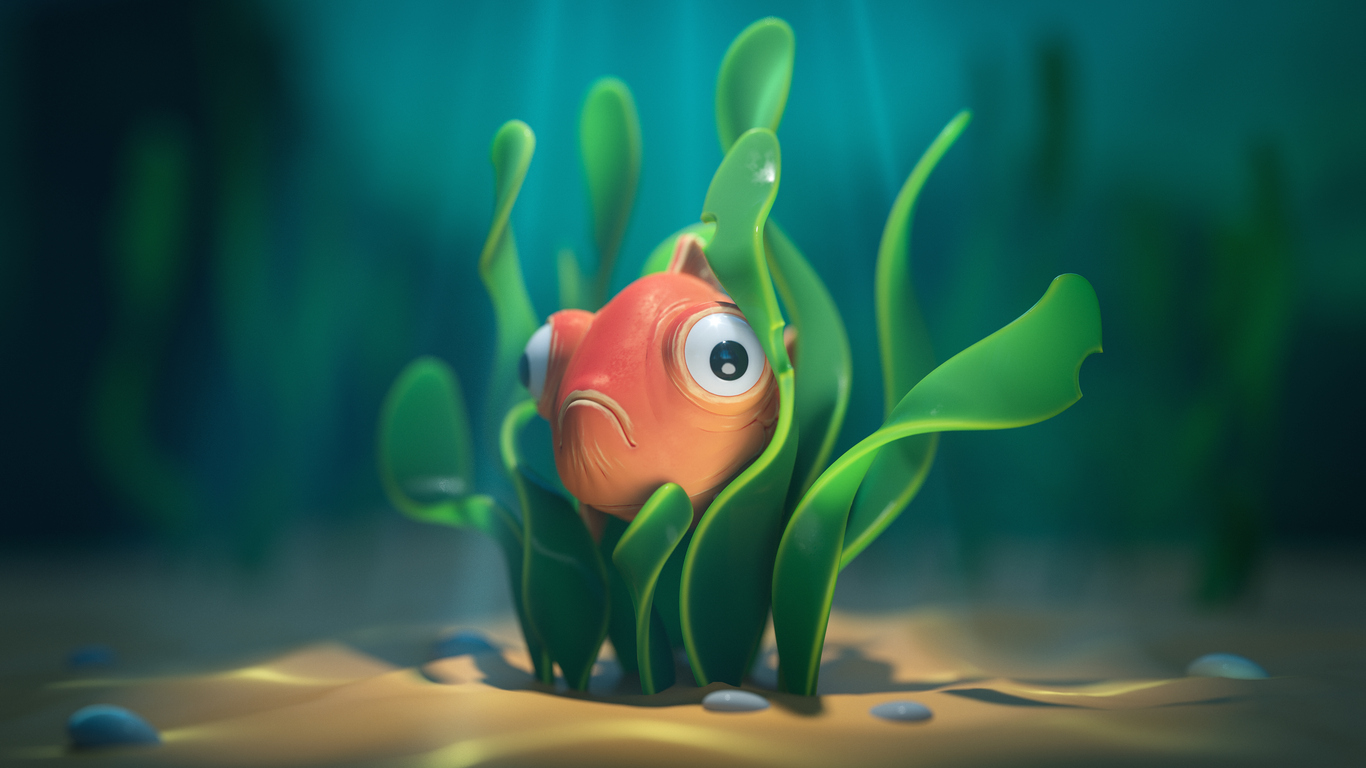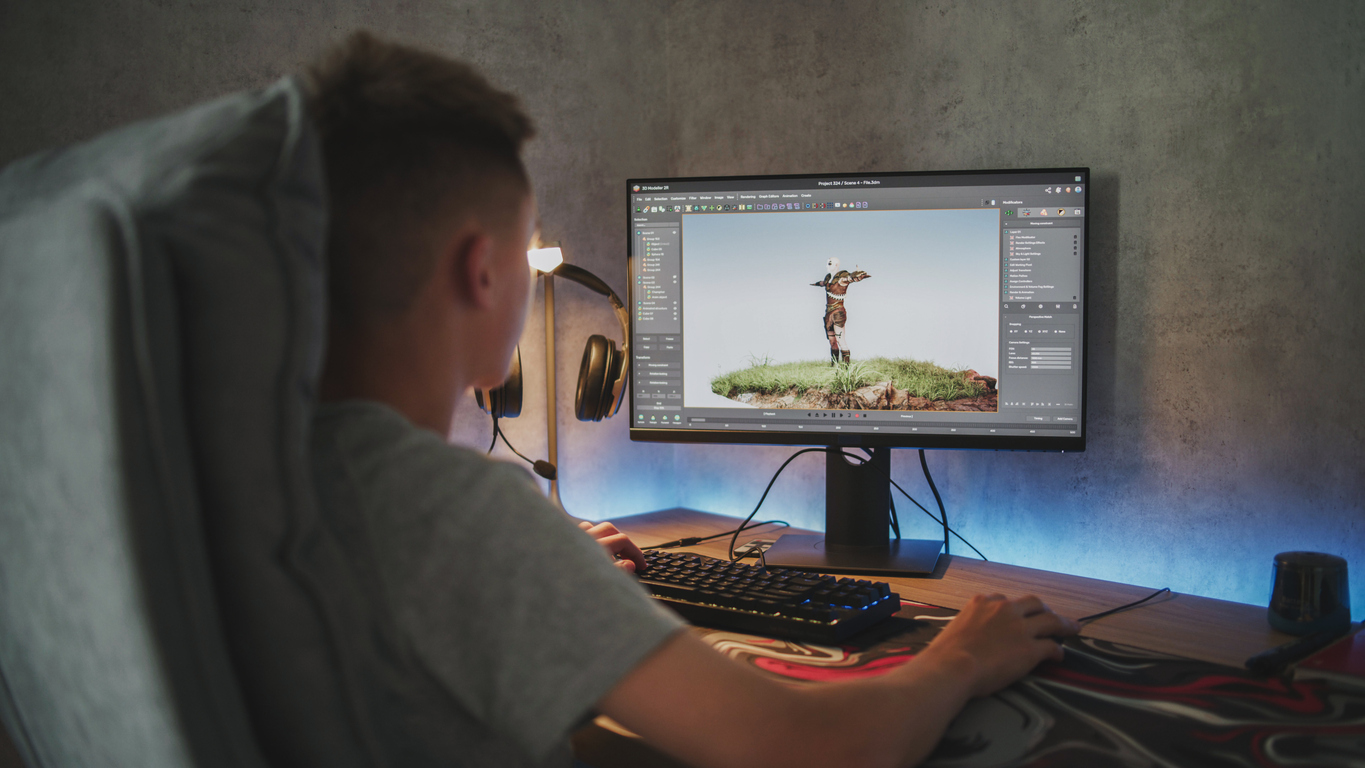Breaking into the world of 3D animation isn’t just about learning software or mimicking the latest blockbuster style. It’s about understanding how the craft works from the inside out and preparing yourself for a fast‑moving industry that spans film, games, streaming, advertising and more.
If you’re reading this and dreaming of joining the ranks of those who bring 3D animated movies and animation games to life, you’ve chosen an exciting time to get involved. The opportunities in the field are growing, and educational institutions like the Visual College of Art and Design (VCAD) are stepping up to make sure you’re ready for day one.
What Is 3D Animation?
On the surface, 3D animation looks like magic – a render turns imagination into moving shapes, creatures or explosions. But professionals know that every “wow” moment on screen is built on hours of careful work: modelling, rigging, lighting, texturing, physics simulations and endless adjustments.
In a Reddit discussion about AI and 3D artistry, one veteran noted that while generative tools can get you 80 percent of the way quickly, the last 20 percent, the polish that gives animation heart and soul, still requires human expertise. Another commenter observed that AI will be most useful for rough models or sequences, leaving animators to refine and add personality.
Those perspectives are important for aspiring animators. Technology is your ally, but it isn’t a replacement for the fundamentals. To succeed, you need to understand storytelling, visual design, timing, motion and the workflow between creative departments. You also need to learn how to operate tools like Maya, ZBrush, Houdini and Unreal Engine while keeping in mind that the software landscape will keep changing.
Bonus Read: What is 3D Animation & Its Importance in Modern Media?
Why Education Matters?
Structure Learning Course
Some artists take a self‑taught path. There are countless tutorials online, and experimentation can be a powerful teacher. But if you’re serious about working on 3D animated movies or animation games professionally, structured learning offers distinct advantages. Programs at schools like VCAD give you access to industry‑standard software, guidance from seasoned instructors and, perhaps most importantly, a structured environment to build a portfolio.
When Gil Nam Choi – a veteran of blockbusters such as Avengers: Age of Ultron, Aquaman and game cinematics for Call of Duty: Vanguard – joined VCAD as Head of Media Programs, he explained that his teaching philosophy emphasizes understanding the “why” behind visual effects rather than simply following steps. His goal is to train adaptable, critical thinkers who can work across different mediums. That approach resonates with the reality that the industry doesn’t stand still. Knowing why something works helps you pivot to new tools and styles as they emerge.
Learning from Hollywood Expertise
Gil Nam Choi’s arrival is more than a headline. With over two decades of experience across Weta Digital, Industrial Light & Magic and Digital Domain, he brings insights that most students only dream of. He has worked on some of the biggest films in modern entertainment and brings that first‑hand knowledge directly into the classroom. Students gain access to behind‑the‑scenes stories and understand how major studios coordinate teams of artists to deliver high‑stakes sequences. Moreover, Choi’s involvement at VCAD bridges film and games, he’s contributed to AAA games like Back 4 Blood and sees how techniques overlap.
For you as an aspiring animator in BC, this means learning directly from someone who knows what industry‑ready means because he’s been there. It also means your assignments and projects are shaped by someone who values both creativity and technical precision. Under his leadership, VCAD’s 3D and Game programs are entering what the school calls “a new era of growth, innovation and inspiration”.
Bonus Read: Industry Speaker Series – Shaping the Future – Gil Nam Choi
How VCAD Programs Help You to Start
VCAD offers two diploma programs that cater to those who want to work in 3D animation or game development:
|
Program Name
|
3D Modeling, Animation Art and Design
|
Game Development and Design
|
|
Duration
|
72 Weeks
|
72 Weeks
|
|
Focus Areas
|
Character modelling, animation principles, lighting, texturing, visual effects
|
Storytelling, level design, gameplay mechanics, character design
|
|
Software & Tools
|
Maya, ZBrush, Houdini, Unreal Engine, Photoshop, Substance Painter
|
Unreal Engine, Maya, Python
|
|
Key Features & Outcomes
|
Emphasizes hands-on learning and professional studio workflows. Graduates build a professional portfolio to showcase creative and technical skills.
|
Students learn game theory and collaborate with artists, programmers, and designers. Graduates complete projects demonstrating their ability to create immersive environments and engaging gameplay.
|
Bonus Read: Top 5 3D Animation Software to Learn in 2025
Why the Programs Matter
Both programs share some core strengths:
- Industry‑standard tools – Students work with software used by professional studios so there’s no steep learning curve when they join the workforce.
- Portfolio focus – Graduation isn’t about passing exams; it’s about showcasing a body of work. VCAD’s programs culminate in a portfolio that demonstrates your skills to potential employers.
- Cross‑discipline learning – The curriculum emphasizes collaboration between animators, modelers, texture artists and technical directors, reflecting real studio environments.
- Mentorship and networking – With Gil Nam Choi’s connections and the college’s industry partnerships, students have opportunities to meet professionals and sometimes even secure internships.
Blending 3D Animation and Game Design
One of the most exciting trends in the animation world is the increasing overlap between film and games. Many cinematic sequences in games look as spectacular as those in movies, and some films incorporate game‑style interactive elements. Choi emphasizes this “blending of film and games,” noting that skills can transfer across mediums and open more career opportunities. For example, learning to animate realistic physics for an explosion in a game helps you create believable effects in a film and vice versa.
In lower mainland, this trend is particularly relevant because the province is a hub for both film production and game studios. Companies like Electronic Arts and smaller independent studios call the region home, and Vancouver’s film industry often taps local talent for visual effects. Studying at VCAD positions you close to these opportunities and provides networking events and industry speakers who know the local scene.
Bonus Read: From Hollywood to VCAD: Gil Nam Choi Joins VCAD as Head of Media Programs
Final Thought
Breaking into the animation field requires a mix of passion, technical skill and strategic preparation. 3D animated movies and animation games capture our imaginations, but they exist because of teams of artists who understand both the creative and technical sides of the process. While AI tools are accelerating some tasks, they don’t diminish the need for trained professionals who know how to bring depth and personality to their work.
For aspiring animators in British Columbia, programs like VCAD’s 3D Modeling Animation Art and Design and Game Development and Design offer a structured path to becoming industry‑ready. With leadership from experts like Gil Nam Choi, hands‑on training with professional tools and a strong focus on portfolio building, these programs ensure that on your first day in a studio, you’re not just prepared – you’re ready to contribute creatively.
If you’ve dreamt of seeing your name in the credits of a 3D film or the latest hit game, investing in a comprehensive education may be the most direct way to turn that dream into a career.
